Across the country, the power behind Canada’s biggest races is female.
By Emma Prestwich
Kirsten Fleming was at a Running USA conference two years ago when it first occurred to her. The executive director of the Scotiabank Calgary Marathon was attending an all-female panel when the moderators asked every race director in the room to stand up. The moderators then asked participants to sit down if their team was composed of less than 20 per cent women. Then 50 per cent. And so on. The point of the exercise was to highlight how men still dominate the industry. But Fleming noticed something intriguing when it was over. “I looked around the room and it was actually Canadian race directors that were still standing,” she says. The country is flush with female race directors and women in top race leadership positions.
Ladies run the show or help to do so at several major road races across the country, from Vancouver, Calgary, Winnipeg, and Saskatoon to Toronto, Hamilton and rural Nova Scotia. Fleming’s team has five women and one man. “I have never known anything else besides my female team,” says Fleming.
But it wasn’t always this way. When Cory Freedman directed her first race for the YMCA in 1989, there were few other women in her position.“At the beginning there were so far and few of us we became fast friends with each other,” the 52-year-old says. The longtime triathlete and runner now has her own event management company called MAX VO2, which puts on the Toronto Women’s Run Series and the Sporting Life 10K. “Over the years what I’ve seen is that more and more women are the race directors as the sport continues to grow,” she says.
In 2005, Mary Wittenberg made history as the first female director of a major international marathon when she was named president and chief executive of the New York Road Runners. Even three years later, when Susan Marsh started working in the industry, the marketing director at Run Ottawa still wasn’t aware of a lot of other women in positions like hers. And the 48-year-old, who has a background in competitive sports, wants to see more. “Running stats prove that women are leading the charge, so it would be great to have more women in leadership roles, it could make a difference.” The trend follows the huge influx of women in running over the past couple of decades, but Freedman also thinks it has to do with how races have changed.
Organizing one used to be simpler. You blocked off a road, added pylons and printed out some shirts. Men traditionally took on these logistics-heavy jobs. But a race is now an experience. Handling one also includes marketing, fundraising, enrolling volunteers, bringing on sponsors, juggling staff, general relationship-building — all skills that Freedman thinks women possess in spades.
“I think as the business has expanded, the roles and the expertise needed to lead the races has grown, and a lot of the time, it’s the women who are doing all of that.” Freedman says many of these women cut their teeth in fundraising, marketing and event planning and have the right kinds of skills. “I also feel that women understand and appreciate the various reasons why someone wants to participate in a race, volunteer, fundraise or sponsor a race.”
Anna Lewis is one. The new director of the 123-year-old Around the Bay in Hamilton took over from Mike Zajczenko last year after he’d run the show for nearly 20 years. She previously worked as the director of special events and community partnerships at the St. Joseph’s Healthcare Foundation, which is the race’s charity partner. The 42-year-old had worked closely with the race organizers for more than a decade and started running because of Around the Bay .“So it was a really good fit because I shared the same goals and vision,” she says.
Michelle Kempton, who organizes the Maritime Race Weekend, thinks many of the women in these positions are well-suited to such a demanding gig because they were already working their butts off in previous careers. “These women are already at the top of their game,” she says. Kempton, 43, created her pirate-themed Nova Scotia event five years ago, leaving a senior IT job she no longer loved for a frenzy of designing medals, ordering T-shirts, writing letters and meetings with officials. Skills from her previous career translated perfectly to managing a race. “Basically you’re an event organizer,” she says. “The fact that I’m a runner is a bonus.”
Fleming thinks the societal push towards finding satisfying work has something to do with the trend in Canada. “You’re constantly being pulled to find something you love, do something you love, and there’s so many more women runners, that it seems only natural that they would have sought out jobs in the industry.” All of these women say they’ve been well supported by their male colleagues, but have other reasons they worried they wouldn’t be taken seriously.
You’d expect that Charlotte Brookes, the daughter of Canadian industry veteran Alan Brookes, would hear some grumbling after she started working for Canada Running Series in 2005, when she was in her early 20s. “I think the gender thing probably didn’t play a huge role in people’s perception of me, more so than probably the nepotism or the age,” she says.
She’s been involved in the Canadian running industry since childhood, helping out at expos. “I was a little entrepreneur and workaholic at the age of five.” But she worked hard to prove herself, and at age 32, is now the event director for Canada Running Series, which runs events like the Scotiabank Toronto Waterfront Marathon. She handles the race-day command centres and oversees the division that handles volunteers, charities and participant services. She feels she brings a sense of calm and pragmatism to the often chaotic command centres. “Naturally, we [women] are a lot more organized,” she says.
Kempton didn’t worry that she’d be judged on her gender either. She was more concerned about the fact that she was a curvy, middle-to-back-of-the-pack runner who only took up the sport three years beforehand. But the 43-year-old has a unique insight into what the average female runner wants, particularly gear that fits them and is tailored to their figures. “As a plus-size woman, when I do a race, and they only go up to size large, I don’t get a shirt,” she says.
Fleming, like Brookes, also worried that people would focus on her age. The former broadcast journalist started working at the Calgary Marathon doing media contract work, and in 2012, became the executive director. She’s now 34. “The first year [in 2012] my motto was ‘fake it ‘til you make it,’ the second year, was sort of still faking it—but making it, too.” It is a tough gig — both Fleming and Brookes say they don’t have as much time to run as they used to, and Kempton says she relies on her husband to take care of their twins when she’s on the road. The frenzy of race day can also be overwhelming — she jokes that she doesn’t eat until all the events are over.
However, Anna Lewis says she loves the flexibility and work-life balance the job provides. “I’m able to pick up my kids from school, I’m able to participate as a parent volunteer at school, I’m just more available to them,” she says. There are two big stereotypes about how powerful women treat each other —that they’re catty, and that they love to work together. These ladies believe only the latter applies. Kempton has developed friendships with many of other the female race directors. “I think there’s a sort of sisterhood among female race directors, that we lean on each other.”
They also help out at each other’s races and share ideas and best practices. “Michelle would pick up Tim Hortons with me on race day at 3 a.m.,” says Brookes. Ottawa marketing director Marsh doesn’t really like to talk gender. “Once we start highlighting an issue, it really deflects from the team atmosphere,” she says. While it may seem like women are outdoing men in the industry, Marsh says it wasn’t too long ago that women were excluded from major competitions.
The Olympic Games didn’t have a women’s marathon event until 1984. “We weren’t looked at as worthy of competition, because it may damage us in some capacity.” When Brookes was in her early 20s, she went out for drinks with a group after a race expo. An American male race director was making some off-colour comments. She told him to cut it out. His response? “You’re living in a man’s world now, Charlotte, you better get used to it.” That statement isn’t accurate anymore.
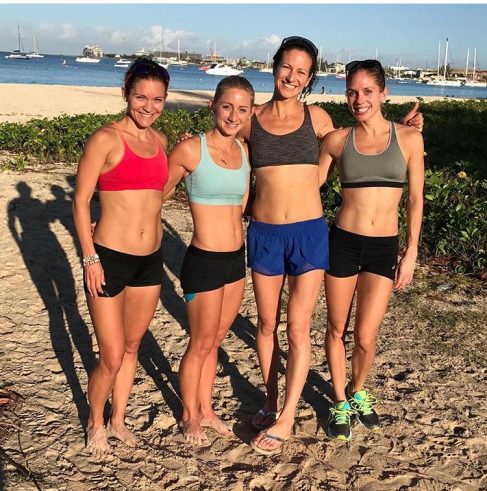
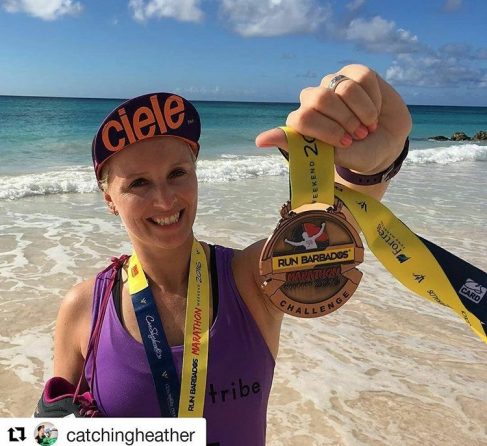
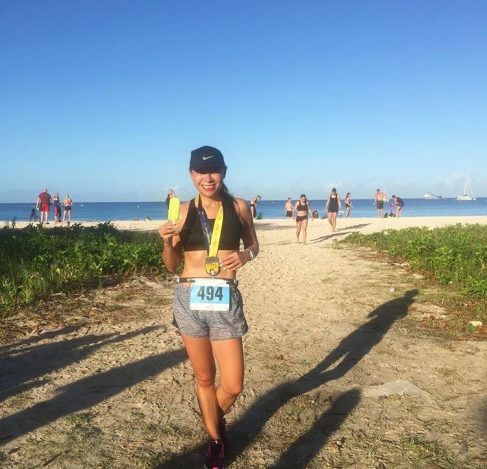







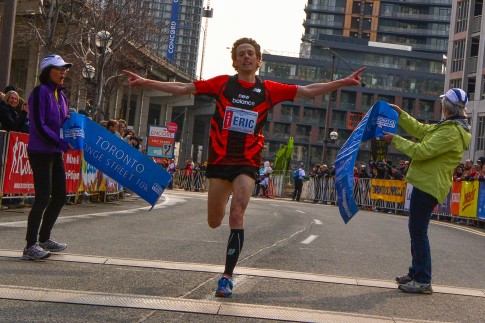


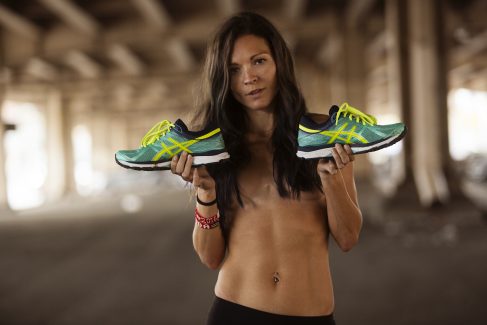
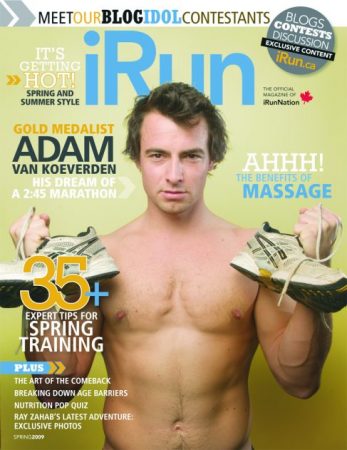


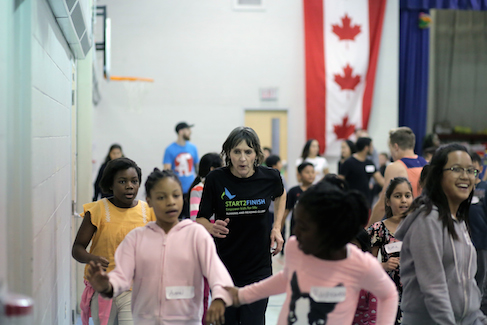


 Our Magazine
Our Magazine
